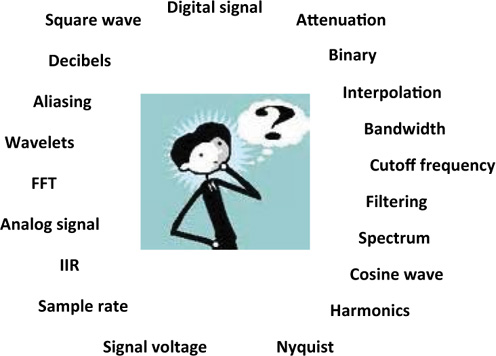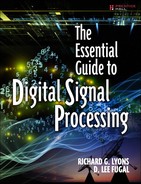Preface
We’re all familiar with the word signal as something that conveys information such as traffic signals, distress signals, or even smoke signals. In certain card games, we even try not to signal when we’ve been dealt a good hand. But what does it mean to process a signal? This book is written to answer that question for you as clearly and simply as possible, using real-world examples of signals and signal processing with which you are already familiar.
Although we don’t often realize it, our daily lives are routinely influenced by signals and signal processing. This book not only shows why this is so, but goes further, to explain, for example, why the audio from an FM radio sounds so much better than the audio you hear from your cell phone.
This book is intended for nontechnical people rather than engineering students. As such, the book has two main objectives: to describe the fundamental concepts of signals and signal processing in an understandable way with a minimum of mathematics, and to introduce the reader to the language—the lingo—of signal processing. (To aid the reader, a comprehensive glossary of signal processing terminology and acronyms is included at the end of the book.)

In particular, for those nontechnical readers who are involved with companies that produce or use signal processing hardware or software, you have our utmost sympathy. You are exposed to a vast array of mysterious concepts and terminology. This book will remove that mystery so you can further understand signal processing and more effectively communicate with engineers and other technical people.
As it turns out, the topic of signals can be divided into two main categories: analog signals and digital signals. This book slowly and gently explains the nature of both types of signals and how they are used to improve the quality of our lives.
We’ve written this book in what we think is a sensible progression of chapters, but it’s not necessary to read the chapters in order, or even to read all of them. Chapter 1 explains how and why signal processing has become so important in modern times. Chapters 2 through 5 describe the nature of analog and digital signals, while the other chapters cover the topics of the processing operations performed on analog and digital signals.
Having said all of that, please know your authors and publisher are on your side. We hope you enjoy this book and find it useful!
